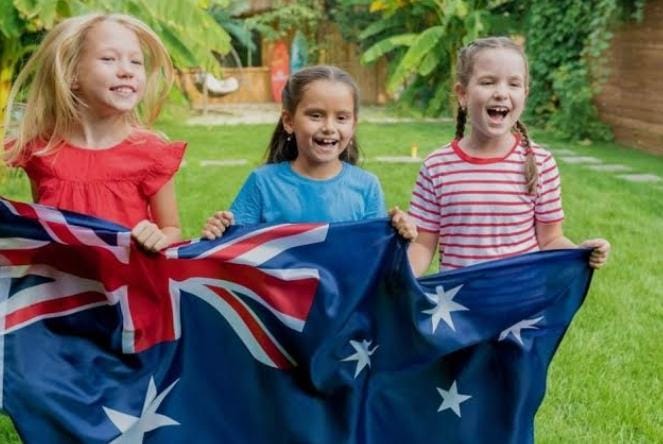Australia offers several visa options for families looking to reunite with their loved ones. One such option is the Dependent Child Visa (Subclass 101 or 802), designed to allow eligible children of Australian citizens, permanent residents, or eligible New Zealand citizens to live in Australia. If you are a parent seeking to bring your dependent child to Australia, understanding the process, requirements, and eligibility criteria is crucial for a successful application.
This guide will walk you through everything you need to know about applying for a Dependent Child Visa in Australia.
What Is a Dependent Child Visa?
The Dependent Child Visa allows a child to stay in Australia with their parent(s). There are two main subclasses:
- Subclass 101 (Offshore): For children applying from outside Australia.
- Subclass 802 (Onshore): For children already in Australia at the time of application.
Both visa types allow the child to:
- Live permanently in Australia.
- Study and access healthcare.
- Apply for Australian citizenship if eligible.
Who Can Apply for a Dependent Child Visa?
To be eligible, the child must meet the following criteria:
Basic Eligibility Requirements
- Be dependent on a parent who is an Australian citizen, permanent resident, or eligible New Zealand citizen.
- Be under 18 years old, or a full-time student aged 18-25 who is financially dependent on a parent, or over 18 and unable to work due to a disability.
- Be single and not engaged, married, or in a de facto relationship.
Parent Sponsorship
The child must be sponsored by a parent or their parent’s partner (step-parent) who is:
- An Australian citizen,
- A permanent resident, or
- An eligible New Zealand citizen.
Required Documents
The following documents are typically needed when applying for the Dependent Child Visa:
Identity & Relationship Documents
- Passport and birth certificate of the child.
- Evidence of the parent-child relationship (e.g., birth certificate, adoption papers).
Sponsorship Documents
- Passport and visa details of the sponsoring parent.
- Proof of Australian citizenship or permanent residency.
Character & Health Checks
- Police clearances (if required for older children).
- Medical examination reports.
Additional Supporting Documents
- Proof of financial dependency if the child is over 18.
- Custody or parental responsibility documents (if applicable).
Step-by-Step Application Process
Here is a step-by-step guide on how to apply for a dependent child visa in Australia.
1. Check Eligibility
Review the age, dependency, and relationship requirements to ensure the child qualifies.
2. Prepare Documents
Gather all necessary documentation, including translations if required.
3. Lodge the Sponsorship
The sponsoring parent must first apply to become an approved sponsor. This is often submitted with the main visa application.
4. Submit the Visa Application
- Subclass 101: Apply online via the ImmiAccount from outside Australia.
- Subclass 802: Apply online from within Australia.
5. Pay the Application Fee
As of 2025, the base visa application charge is approximately AUD 3,055 (subject to change). Additional charges may apply for subsequent applicants.
6. Attend Medical Exams
The child may be required to undergo a medical checkup with an approved physician.
7. Wait for Processing
Processing times may vary:
- Subclass 101: 12 to 24 months.
- Subclass 802: 12 to 18 months.
8. Receive Visa Outcome
You will be notified via email or mail. If approved, the child will receive the visa grant letter with details on entry and residency rights.
Tips for a Successful Application
- Double-check custody arrangements: If parents are separated or divorced, ensure proper consent and legal custody documents are included.
- Provide certified translations for non-English documents.
- Use a registered migration agent if your case is complex.
- Ensure all information is accurate and consistent across documents.
What Happens After the Visa Is Granted?
Once the Dependent Child Visa is granted:
- The child can travel to and live in Australia indefinitely.
- They can attend school, access healthcare, and work (if eligible).
- After a few years, they may become eligible for citizenship by conferral.
Conclusion
Applying for a Dependent Child Visa in Australia is a life-changing step toward family reunification. While the process can be complex, being well-prepared with the correct documentation and understanding the steps involved can significantly increase your chances of success. Whether you apply onshore or offshore, seeking professional guidance and carefully following the Department of Home Affairs’ guidelines can ensure a smoother journey for both you and your child.
If you need help with your application or have a unique situation, consider speaking with a registered migration agent to guide you through the process. Reuniting with your child in Australia is a rewarding journey, and the Dependent Child Visa is the key to making it happen.


Post a Comment